Description
hardware flow control. It is an ideal choice in the field of industrial automation.
(1) Use STEP7V5.2 configuration software and enter Hardware Configure to complete S7-300 PLC hardware configuration;
(2) Select S7-315-2DP as the main station system, import the GSD (device database) file of NPBA-12 into the STEP7 programming environment, and configure the software
to configure NPBA-12 with S7-315-2DP as the main station. DP online, and select the PPO type to use. This design uses PPO4 to set the site network address. In the Profibus
structure of the variable frequency drive device, ABB frequency converters use the Profibus-DP communication module (NPBA-12) for data transmission, which is
mainly periodic: the host reads the input information from the slave station and sends the output information back to the slave station. ,
so it is necessary to call two system function blocks SFC14 and SFC15 in the PLC main program to read and write these data to achieve communication control to
the frequency converter;
(3) Create a data block in the main PLC program for data communication with the frequency converter; establish a variable table for observing the real-time
communication effect.
4 Inverter operation settings
After the frequency converter and PLC are connected to a network using Profibus-DP fieldbus, in addition to programming in the PLC automation system,
appropriate parameter settings must also be performed on each frequency converter.
After the communication cable is connected, start the inverter and complete the setting of the inverter communication parameters.
4.1 Basic settings
(1) 51.01—Module type, this parameter displays the module model detected by the transmission device. Its parameter value cannot be adjusted by the
user. If this parameter is not defined, communication between the module and the drive cannot be established.
(2) 51.02—This parameter selects the communication protocol, “0” selects the Profibus-DP communication protocol.
(3) 51.03—This parameter is Profibu
The PPO type selected by s connection, “3” is PPO4, but the PPO type on the inverter should be consistent with the PPO type configured on the PLC.
(4) 51.04—This parameter is used to define the device address number, that is, the site address of the frequency converter. Each device on the Profibus
connection must have a separate address. In this design, the two frequency converters are stations 2 and 3 respectively. [1]
4.2 Connection of process parameters
The process parameter interconnection completes the definition and connection of the corresponding parameters of the NPBA-12 dual-port RAM
connector and the frequency converter, including the connection from the master station (PLC) to the frequency converter and the connection from the frequency
converter to the master station (PLC). Set the following connection parameters on the frequency converter.
(1) PZD value sent from PLC to transmission inverter
PZD1—control word, such as start enable, stop, emergency stop and other control commands of the frequency converter;
PZD2—frequency setting value of the inverter.
(2) PZD value sent from the transmission inverter to the PLC
PZD1—status word, such as alarm, fault and other inverter operating status;
PZD2—actual speed value, current actual value, etc. of the frequency converter.
5 Conclusion
After the inverter control system adopts the Profibus-DP fieldbus control mode, the entire system not only has strong reliability and is easy to operate, but also can
be flexibly modified according to process needs. After this system was applied in Jigang Baode Color Plate Co., Ltd., it has been running well and has provided a successful
example for the future automation equipment (network communication of different manufacturers) of the head office.
New technology from Swiss ABB Group: Complete car charging in 15 seconds
This technology can charge a car in 15 seconds
The Swiss ABB Group has developed a new electric bus technology that can complete vehicle charging in 15 seconds . No other company”s battery technology can achieve this performance.
ABB has developed a technology called “Flash Charging” that allows an electric bus with 135 passengers to charge at charging points along the route. The charging point has a
charging power of 400 kilowatts and is located above the vehicle. The charging point is connected to a moving arm controlled by a laser and can charge the car battery in 15 seconds. Its
minimal design will help protect the urban environment and surrounding landscape.
The idea behind this design is to give the electric bus enough power to travel to the next charging station after one charge. The end of the line will allow for long periods of full charging
, with the car able to travel longer distances on a full charge. In addition to faster charging times, the system uses a carbon-emission-free solution called
TOSA to obtain electricity from clean hydroelectric power stations.
ABB initially plans to use this technology between Geneva Airport and the Palexpo International Convention and Exhibition Center. If the test is successful
, it will be deployed to public transportation systems. This is more cost effective and environmentally friendly.
ABB Executive Chief Technology Officer Claes Rytoft said: “With flash charging, we can trial a new generation of electric buses for large-scale transportation
in cities. This project will provide greater flexibility, cost-effectiveness and flexibility.” Paving the way for a lower public transport system while reducing pollution and noise.”
https://www.xmamazon.com
https://www.xmamazon.com
https://www.plcdcs.com/
www.module-plc.com/
https://www.ymgk.com
RELIANCE 57C430 Processor Module
RELIANCE 45C322 power supply module
RELIANCE 45C360 Analog output card
RELIANCE 45C313 Bracket assembly
RELIANCE 45C201 Remote I/O Processor.
RELIANCE0-57435 7010 processor module
RELIANCE 0-57419 input module
RELIANCE 0-57408 power module
RELIANCE 0-57407 DCS processor module
RELIANCE 0-57404 Network communication module
RELIANCE 0-57402 Output module
RELIANCE 0-57401 digital I/O drive
RELIANCE 0-57400 digital control system created
RELIANCE 0-57334- I/O rack
RELIANCE 0-846405-4R Driver board assembly
RELIANCE 0-57160-L Stabilized circuit board
RELIANCE 0-48652-4 printed circuit board
RELIANCE 0-48652-30 Calibration instrument panel
RELIANCE 0-419437-B AutoMax Interface Board
RELIANCE DSA-MTR-40D2 DRIVE
RELIANCE 0-57400-A AC/DC input module
RELIANCE 0-57402-C utput module
RELIANCE 0-57405-C analog I/O drive module
RELIANCE 30V4060 GV3000/SE AC Drive
RELIANCE 57045 Spare parts module
RELIANCE 57412 Field voltage regulator module
RELIANCE 57421 Pulse Tach input module
RELIANCE 57C332 Rack assembly
RELIANCE 57C443 I/O Scanner Module
RELIANCE 57C652 module
RELIANCE 803.65.00 PC BOARD
RELIANCE 770.90.10 Autobus Interface Module
RELIANCE 805401-5R Rack assembly
RELIANCE DBU-400 driver
RELIANCE DM-20 Brushless servo driver
RELIANCE DSA-MTR-60D DRIVE CHOP DDS-TLII-MTR-60AMP
ICS Triplex T8202 I/O Power Supply
ICS Triplex T8331 I/O Module
ICS Triplex T8232 Power Pack
ICS TRIPLEX T8431 Trusted TMR 24Vdc Analogue Input Module
ICS Triplex T8233 power port
ICS Triplex T8220 Power Supply Module
ICS Triplex T8902 40 Channel module
ICS Triplex T8153 Communication module
ICS Triplex T8451 Trusted TMR 24 Vdc Digital Output Module
ICS Triplex T8832 60 channel Analogue Input
ICS Triplex T8231 Power Pack 24 Vdc 750 W, universal input, 24 Vdc out.
ICS Triplex T8432 Dual-channel analog input
ICS Triplex T8120 Processor interface adapter
ICS Triplex T8824 Trusted 40 Channel 120Vac Digital Input
ICS Triplex T8901 VFTA Fuse/Link Pack
ICS Triplex T8122 Processor Interface Adaptor
ICS Triplex T8850 Trusted 40 channel Analogue module
ICS Triplex T8802 Trusted 60 Channel 24 Vdc Digital Input FTA
ICS Triplex T8272 Vent & Baffle Unit
ICS Triplex T8192 TMR 24/48 Vdc Digital Output Module
ICS Triplex T8480 Trusted TMR Analogue Output ModuleT8480C
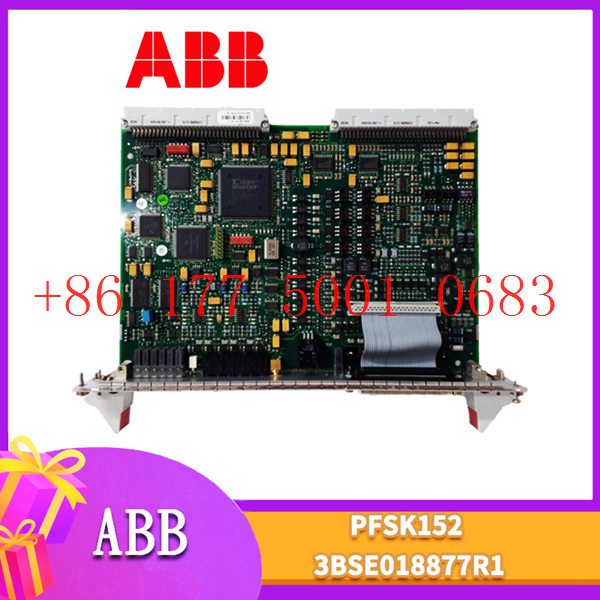
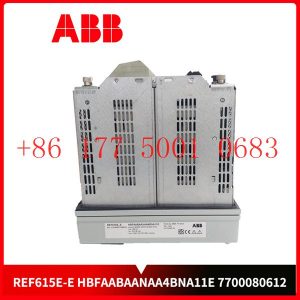
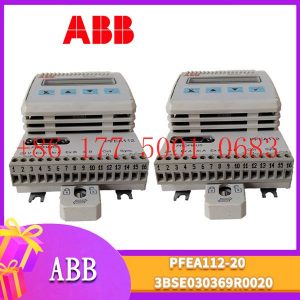
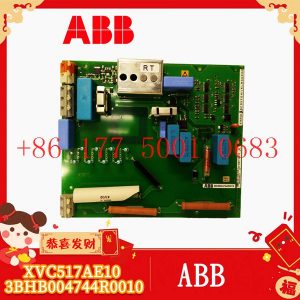
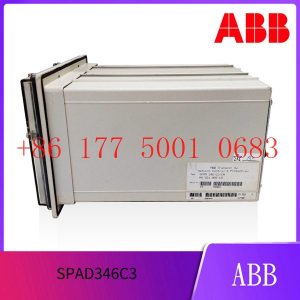




Reviews
There are no reviews yet.